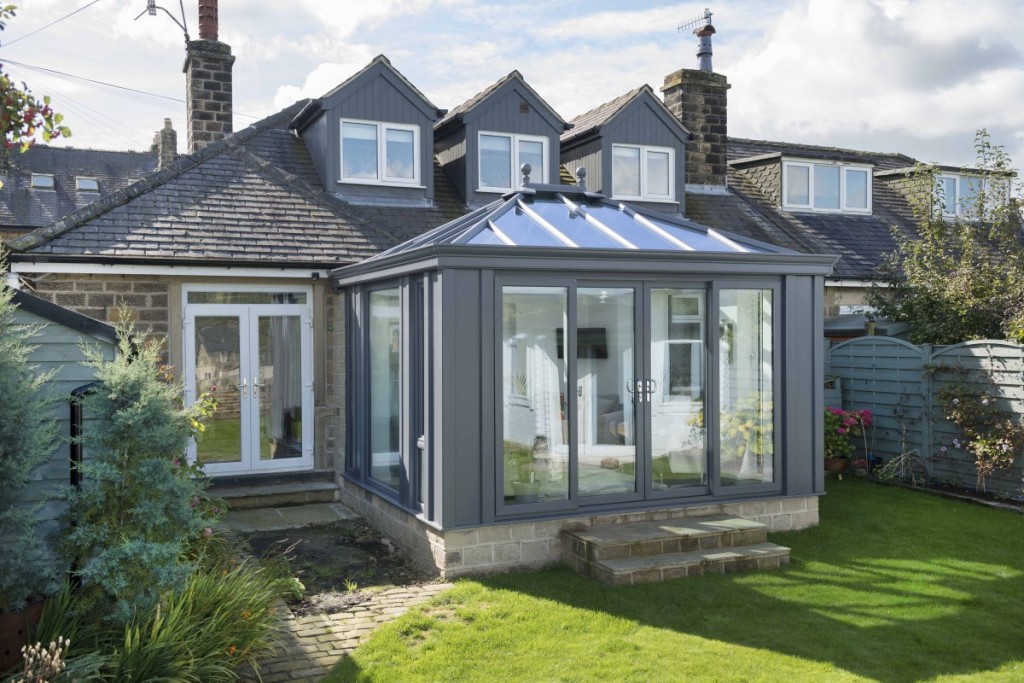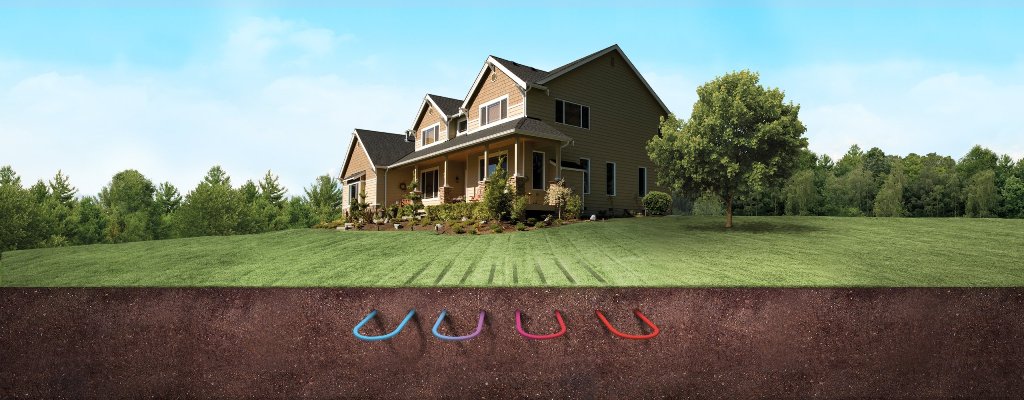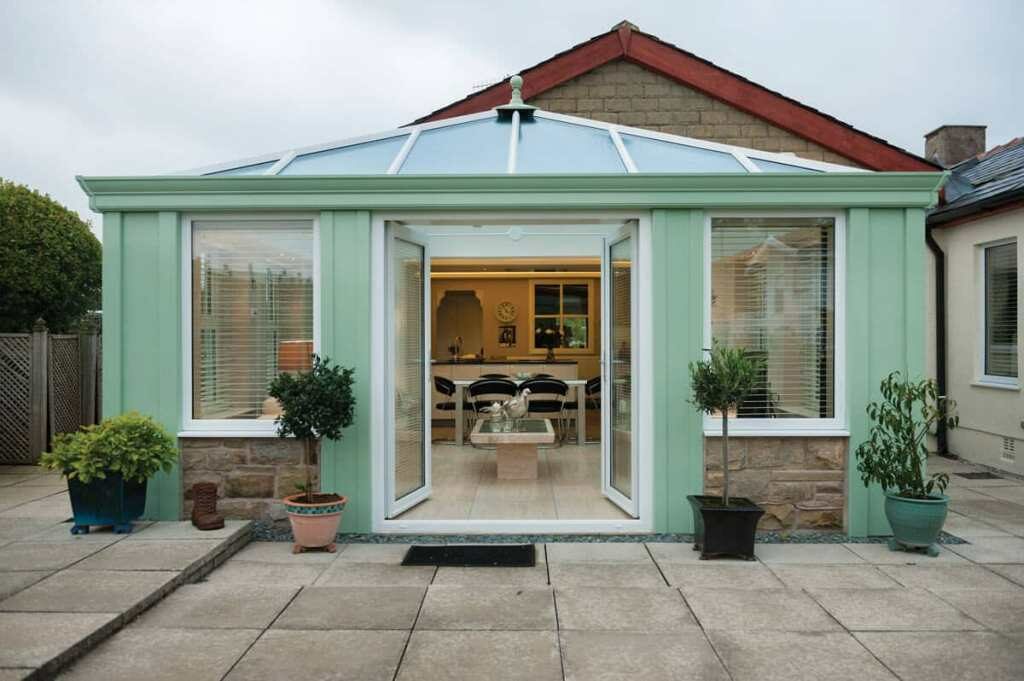A conservatory is one of the most fashionable home upgrading ideas the real estate has to offer today. This is because it increases your living room and adds value to your property among a host of other benefits. Lately, though, there has been an increasing concern about just how eco-friendly some rooms, especially those predominantly made from glass are. Homeowners regularly question the safety of these houses, especially when they are heated during winter. Is heating a predominantly glass house really friendly to your pocket and the environment?
As a modern homeowner looking to build a conservatory, it will be a big plus for you to make all your decisions from an eco-friendly point of view.
Remember, striking a balance between getting more living space and using the right material is critical to the success and longevity of such a home project. This ensures that you use your room for many years to come without having to incur recurrent upgrade expenses.
However, if you already have a traditional glass or polycarbonate structure, there is little cause for alarm because it is still possible to upgrade and meet all the eco-friendly standards.
Why upgrade from glass?
The glass on your extension is an excellent source of natural light, but besides that, it is a very poor insulator. Even with double glazing, it gives away too much heat meaning that you will have to keep heating and spending more on energy.

Another terrible curse that characterizes continuous heating to warm your extension is the high carbon footprint. Did you know that roughly 40% of the world’s carbon emissions are released from electricity generation?
It is time the world acted fast to move on to the smart electric grid technologies but before then, be aware that you significantly contribute to global warming through any number of hours you spend heating your conservatory.
That is why it would be a violation against specific current building regulations to connect your extension to the main house.
While it would be impractical to remove all the glass walling, you can upgrade by installing thicker glass panes. The introduction of a dwarf brick cavity wall could also help reduce the glass or polycarbonate surface area and hence boost the energy efficiency.
Consider the light roofing tiles
The conservatory roof is a very integral part because it serves as the ultimate symbol of shelter and security. For many years, it has been a fashionable thing to have a glass or polycarbonate roof on conservatories but not anymore.
The most immediate challenge that presents with this kind of roof is the difficulty that there is in climbing to clean the roof. The other one is, of course, the extra expenditure that comes with heating during winter, and this is where the modern lightweight roofing tiles come into focus.

But why would you want to cut your natural overhead light by over half by replacing the glass or polycarbonate for the lightweight roofing tiles?
- Perhaps the most crucial aspect of this roof is that the light tiles improve thermal efficiency through their added layers of insulation. This significantly reduces the heating bill and allows you to use the room all year round.
- Another advantage of the light tiles is that they create an enhanced sense of privacy than glass and limits the amount of sunshine, especially during the hot summer.
- A tiled roof creates rather seamless integration with the main building
- It also features a well-plastered ceiling giving you a relatively quiet space with a noise reduction of up to 30 decibels.
- Some lightweight tiles are 100 % recyclable, thus reinforcing their claim on eco-friendliness.
Geothermal heating is green and most efficient
This is ranked among the most energy efficient and eco-friendly approaches to heating your extension. The geothermal heat systems usually draw heat energy underneath where the temperature averages at 60 °F regardless of the readings above the ground.
These systems use very minimal energy to pump fluid or water through underground pipes as the liquid picks up the heat energy and move it up to the surface.

There will be a heat exchanger in your room to pick and use this energy to heat the air. Typically, geothermal heating systems consume less and produce more energy, putting them at over 100% efficiency.
The only downside to geothermal heating is the high cost of installation, but once you have it, it will push down your heating bills, add value to your home and significantly reduce your carbon footprint.
Solar heating is really green and a great option as well
No doubt, solar heating stands out as the most energy efficient option for your conservatory. The highest cost you shall have to incur is that of the solar panel installation after which you will warm your extension all along without draining your wallet.
Initially, though, you may have to decide on which type of heating system to install. There are mainly two of them here. One heats the air while the other one heats liquid within a hydronic collector, but primarily the decision will be determined by the already existing heating system.
If for instance, you own a radiant heating system, you may want to go with the solar liquid heating model. On the side, those with a pre-installed forced air heating system will work well with a solar air heating system.
Use solar energy for your underground heating systems
For many years, underground water and electric heating have been viewed as a richer man’s product. Not anymore because most recently it has been voted as an energy efficient undertaking. Comparatively, underfloor heating runs at lower temperatures than the standard radiators.
The temperature reached by your underground heating system is mainly dependent on your type of floor. For example, carpet, vinyl, and wood flooring can hit 27 °C, while solid floor tiles will average 29°C. Since these temperatures read lower than conventional heating systems, it means less energy is used.
Additionally, unlike traditional radiators, underfloor heating leaves no cold spots in your room
because the heat is evenly distributed. Also once you switch off the source, this system retains heat for a more extended period all depending on the nature of your floor.
Solar powered underfloor heating generates clean air
Did you know that the air derived from underfloor heating is much cleaner than that of radiators? Well, now you know, and another reason why you need to upgrade from radiators is that they usually move both the warm air and moisture. The presence of moisture can cause damp, form mold, and put everyone around the home at the risk of infections.
Whether you are on the electric or water based heating system, insist on powering your system using renewable energy sources to save more, cut down on carbon emission and remain in good terms with the regulating authorities.






